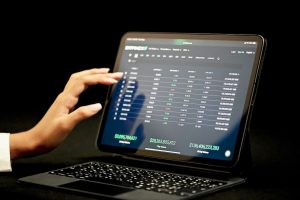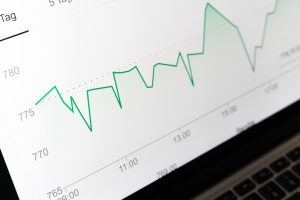The forex market is one of the most dynamic financial markets in the world, with trillions of dollars traded every day. To trade forex successfully, it is essential to understand the basic principles of supply and demand. In this article, we will explain how to identify supply and demand in forex.
Supply and demand are the two most important factors that determine the price of any asset, including currencies. When there is an increase in demand for a currency, its price goes up, and when there is a decrease in demand, the price goes down. Conversely, when the supply of a currency increases, its price goes down, and when the supply decreases, the price goes up.
Identifying supply and demand in the forex market is not an easy task. It requires a good understanding of the market and the economic factors that affect it. Here are some tips on how to identify supply and demand in forex:
1. Look at the price charts
The first step in identifying supply and demand in forex is to look at the price charts. The price charts are an excellent tool to understand the market sentiment and the demand for a currency. The price charts show the historical price movements of a currency pair, and they can help you identify the key support and resistance levels.
Support levels are the price levels where the demand for a currency is strong enough to prevent the price from falling further. Resistance levels are the price levels where the supply of a currency is strong enough to prevent the price from rising further. By identifying these levels, you can get an idea of the market sentiment and where the supply and demand are concentrated.
2. Look at the economic indicators
The second step in identifying supply and demand in forex is to look at the economic indicators. Economic indicators are the statistics that measure the health of an economy. These indicators include GDP, inflation, employment, trade balance, and others.
When the economic indicators of a country are positive, it indicates that there is an increase in demand for the currency. Conversely, when the economic indicators are negative, it indicates that there is a decrease in demand for the currency. By analyzing the economic indicators, you can get an idea of the supply and demand for a currency.
3. Look at the news
The third step in identifying supply and demand in forex is to look at the news. The news is an excellent source of information that can help you understand the market sentiment and the demand for a currency. News can include political events, economic events, social events, and others.
When there is positive news about a country, it indicates that there is an increase in demand for the currency. Conversely, when there is negative news about a country, it indicates that there is a decrease in demand for the currency. By analyzing the news, you can get an idea of the supply and demand for a currency.
4. Look at the volume
The fourth step in identifying supply and demand in forex is to look at the volume. Volume is the number of currency units traded in a particular period. High volume indicates that there is high demand for a currency, while low volume indicates that there is low demand for a currency.
By analyzing the volume, you can get an idea of the supply and demand for a currency. For example, if there is a high volume of trades in a particular currency pair, it indicates that there is high demand for that currency pair.
Conclusion
Identifying supply and demand in forex is a critical skill that every trader should have. By analyzing the price charts, economic indicators, news, and volume, you can get an idea of the market sentiment and the demand for a currency. With this information, you can make informed trading decisions and increase your chances of success in the forex market.





